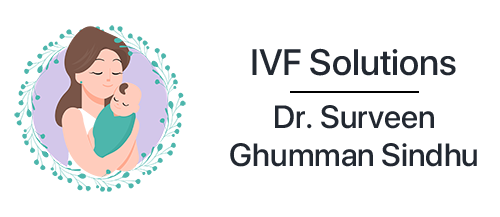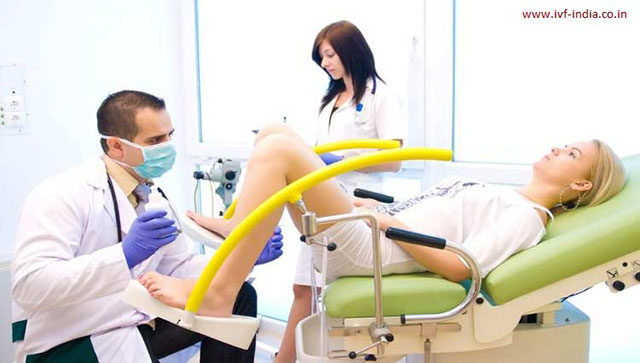Artificial insemination is the introduction of sperm in the uterus or the cervix. Intrauterine Insemination (IUI) is a process by which sperms are prepared and deposited in a woman’s uterus through artificial means.
Artificial insemination can be with
- Husband’s or partner’s semen
- Donor semen: First in 1884
Steps of IUI
- Ovarian stimulation +/-
- Monitoring of ovarian follicle and uterus lining
- The timing of insemination when the egg is released
- Collection and preparation of semen
- Intrauterine deposition of prepared semen
The ovulation time is detected by ultrasound. Once the ovulation has taken place the semen from the male partner is prepared and the seminal plasma is washed off leaving concentrated motile sperms in the media. Thus sperm is concentrated and inserted in the uterus at the time of ovulation. The procedure is known as intrauterine insemination (IUI). In case there is difficulty in entering the uterus it is deposited on the cervix. The deposition is done by a thin plastic catheter which is first loaded with sperm.
Indications of procedure
Where a couple is unable to have an intercourse
- In case the sperm count is low
- In case a woman is not ovulating drugs are given for ovulation and IUI timed
- Where no cause is found – unexplained infertility
- Immunological issues at the cervix
Prerequisites for IUI
- Tubes should be patent
- Uterus must be adequate for pregnancy
- The sperm count and motility should not be very low
- A woman should be ovulating
Factors to be considered before IUI
- Age
- Duration of infertility
- Etiology of infertility
- Extent of pathology
- Ovarian reserve
- Success rates
- Cost
- Previous treatment
Success rates of IUI
It has a pregnancy rate of 15-20%. The success rates are dependent on many factors.
- Age – Success rates poor with older women.
- Duration of Infertility – longer infertility poorer the success ratesIUI should be recommended with caution to couples with long-standing duration of infertility as results are poor.
- Any pelvic factor like the blocked tube on one side or endometriosis as poor success rates
- Poor ovarian reserve – Where ovaries are producing poor number and quality of eggs
- Extremely low sperm counts and motility – Severe oligoasthenospermia
- Where and how semen is prepared. A gap between IUI and semen preparation if less high success rates
- If a patient has had more than 4 IUI it is not to be done as success rates very low
Indications for therapeutic donor insemination
- Azoospermia – No sperms
- Male partner has a known hereditary or genetic disorder
- Female partner is Rh-negative and severely Rh is immunized, and the male partner is Rh-positive
- Severe deficits in semen quality or repeated failure to fertilize in IVF with ICSI being unacceptable to the couple
- Females without male partners
- Male partner has uncorrectable ejaculatory dysfunction
- Infectious disease in the male partner (such as HIV)
– ASRM 2006 Guidelines for Sperm Donation


